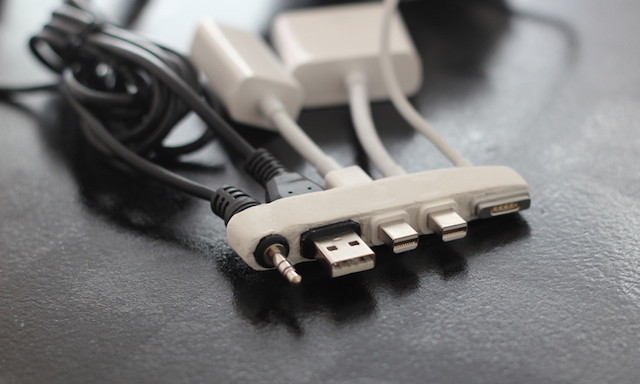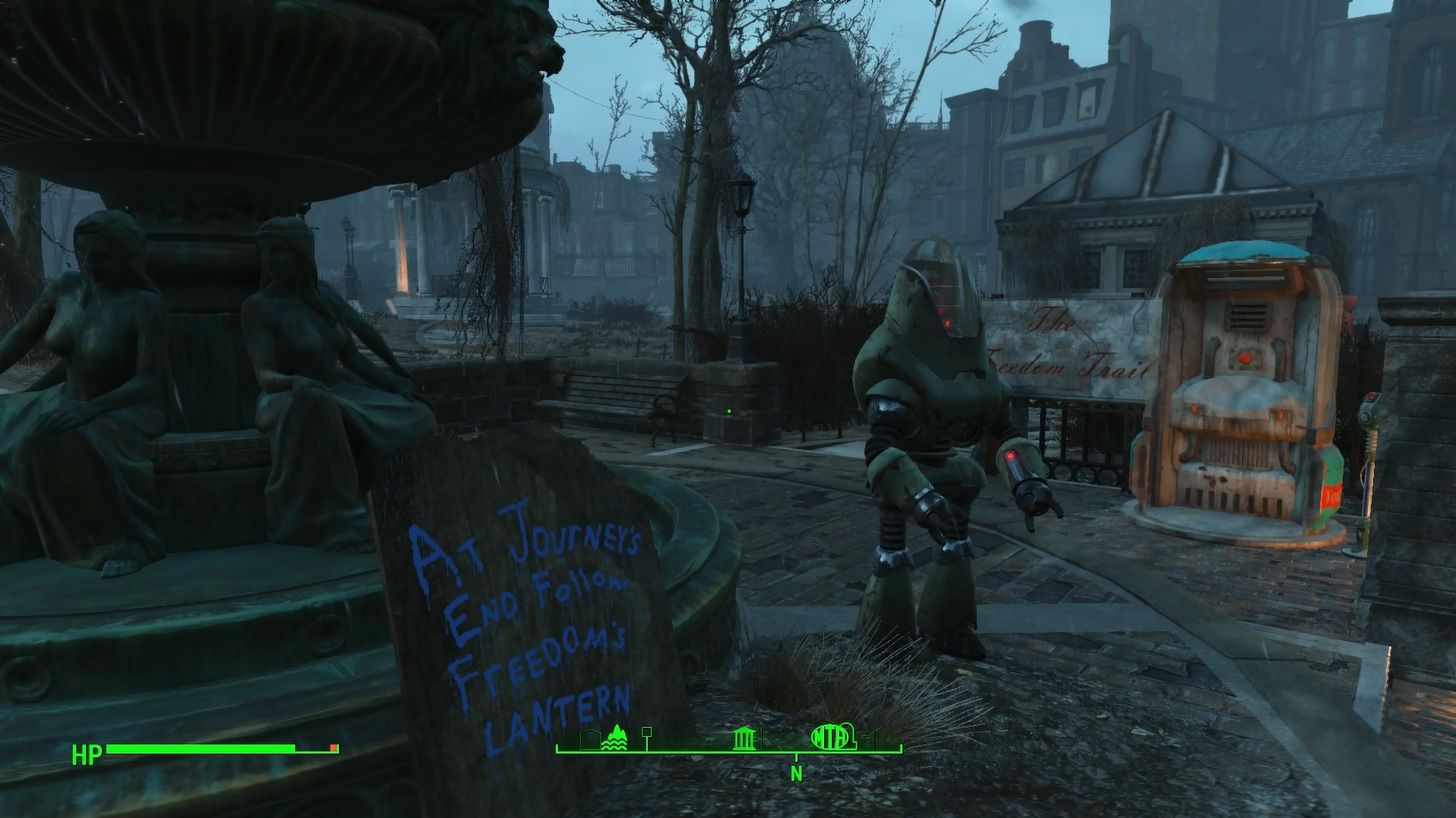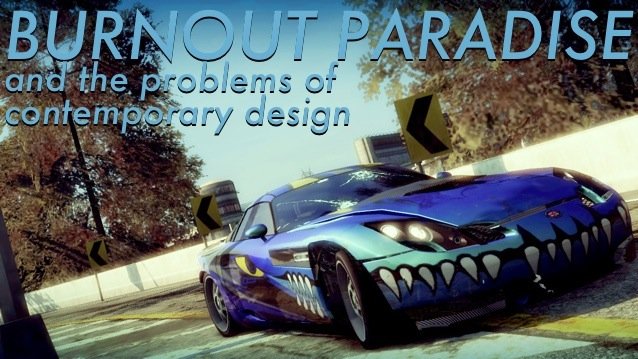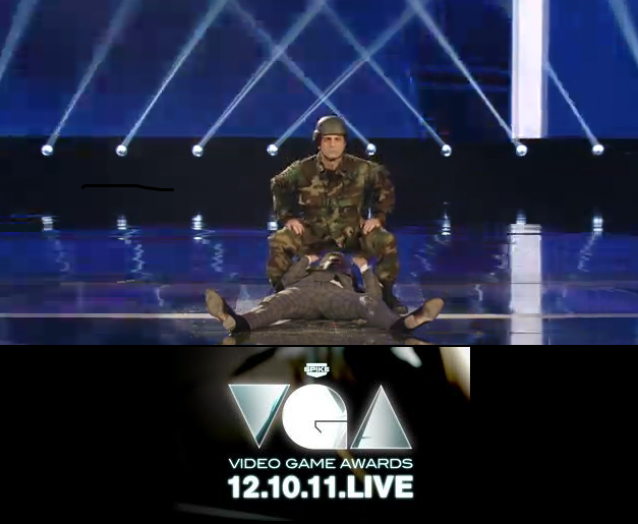

Game Rant’s Anthony Taormina reviews L.A. Noire
When L.A. Noire was first teased back in 2004, not many gamers could have predicted what the end result would have been. As the game finally began to take shape, under the care of Team Bondi and Rockstar Games, new ideas were explored — especially in the area of facial animation — that promised to make this a game to remember.
But, like any good detective story, it’s the little details that make the biggest impact in the grand scheme of things. So, does L.A. Noire, a title that puts you square in the role of a 1940s LAPD cop, fumble with the details or does it keep you engaged from beginning to end? Read on to find out.
Probably the element of the game that is the most creative and polished — and one that a few gamers will gloss over — is the story and setting. Not only does the game painstakingly recreate 1940s Los Angeles, but also it uses typical game tropes to highlight the city’s detail. Collectibles like film reels, newspapers and landmarks help inform the player, while at the same time adding to the milieu of the title.
As the story of Cole Phelps, military veteran turned LAPD detective, unfolds so do branching stories of corruption and murder. Cases might at first seem like they exist as one-and-done experiences, but as Phelps moves through the ranks of Homicide, Arson, and Vice detective, those cases begin to tell overarching stories that are wholly engaging.
To be able to take a story that lends itself well to short episodic moments, and create a narrative that forces the player to pay attention and keep track of who is who, is something really special. Technically the game is a bit unsound (more on that later), but you’d be hard pressed to find anyone who won’t enjoy the story. It’s just unfortunate that the gameplay is both remarkable and disappointing.
What is most remarkable about the gameplay of L.A. Noire is how it never lets the player lull into a state of comfortability. You might think you have the core mechanics of investigating crime scenes and interrogating witnesses figured out, but Team Bondi throws a few curveballs to shake things up. While the mechanics of the game unfurl themselves in a matter of hours, how those will be used to solve each case changes moment to moment.
There is enough variety thrown in, and a few moments that rely solely on your ability to pinpoint a suspect, to keep L.A. Noire feeling fresh from beginning to end. Questioning a suspect, with the help of the game’s revolutionary MotionScan tech, might at times give you trouble, especially when the game’s facial animations go out of whack, but when faced with some really tough decisions, L.A. Noire is a “stop and think” type of game.
Of course, being a game, there are also plenty of moments in L.A. Noire that feel straightforward or even a little bit rote. Discovering clues with all of the game’s assists (music and vibration) turned on will most likely take the investigation sections of the game into tedious town, but in the context of the game, and if you immerse yourself into the idea, those sections are actually quite good.
There are typical Rockstar gameplay mechanics like driving, brawling, shooting, and chases that help give the game a much needed adrenaline boost of action, but those pale in comparison to the interrogating and investigating. Rockstar fans will feel right at home 80% of the time, which isn’t a bad thing, because it all adds back to the idea of being an LAPD detective.
Interrogation on the other hand is where the most conflict will occur. For those who choose to arbitrarily select one of the three response options — truth, doubt, or lie — the game becomes an empty experience with no reward. But if you allow yourself to sit back, analyze the clues, and figure out just how coy the suspect is being with you, those moments of success will feel earned.
Interrogation is really where the game is going to make or break itself with you. If you enjoy it, then all the other elements, no matter how finicky or unpolished they might be, will feel like just part of the ride.
It is really unfortunate that after so many years of glitchy and bug-ridden sandbox titles that L.A. Noire repeats many of Rockstar’s previous sins. Aspects of the gameplay like traversal and gunplay feel like improvements as compared to older open-world titles, but still lack the polish necessary for a developer/publisher of Rockstar’s pedigree.
Occasionally the game showcases a real awareness of what has worked in the past, like being able to have your partner escort you around town, but then you get stuck on a ledge or have an extreme clipping issue, and all that goes out the window. It’s nothing too game breaking, but when it’s noticeable during the most straightforward of playthroughs it can’t be overlooked.
Like we mentioned in Game Rant’s early impressions of L.A. Noire, the game is a real achievement in terms of its animation and gameplay. There might be elements that feel familiar here and there (flaws and all), but the idea of immersing yourself in the persona of an LAPD cop is something truly special.
As always, the writing and acting are particularly sharp, and the story, while sometimes a bit predictable, is classic detective fiction. The experience is really as deep as you allow it to be. There will be plenty of gamers who look at the flaws and the mechanics, and see nothing more than a missed opportunity, but those people never really came into the game with the right mindset.
It’s when you play L.A. Noire with a willingness to dive headfirst into the character, the story, and the game’s mechanics that you come out the most impressed by the larger picture. L.A. Noire might not be the A+ title we all hoped it would be, but it’s a landmark in its own right, and definitely well worth playing.
How have you been liking the experience of L.A. Noire? Feel free to share your thoughts in the comments below.
L.A. Noire is out now on the PS3 and Xbox 360.




 Fallout 4: Road to Freedom walkthrough
Fallout 4: Road to Freedom walkthrough Project Zomboid: Beginner Guide To Surviving The Apocalypse
Project Zomboid: Beginner Guide To Surviving The Apocalypse Ride Wiki – Everything you need to know about the game .
Ride Wiki – Everything you need to know about the game . Burnout Paradise and the Problems of Contemporary Design
Burnout Paradise and the Problems of Contemporary Design Spikes VGAs 2011 Recap: How It All Went Terribly Wrong
Spikes VGAs 2011 Recap: How It All Went Terribly Wrong